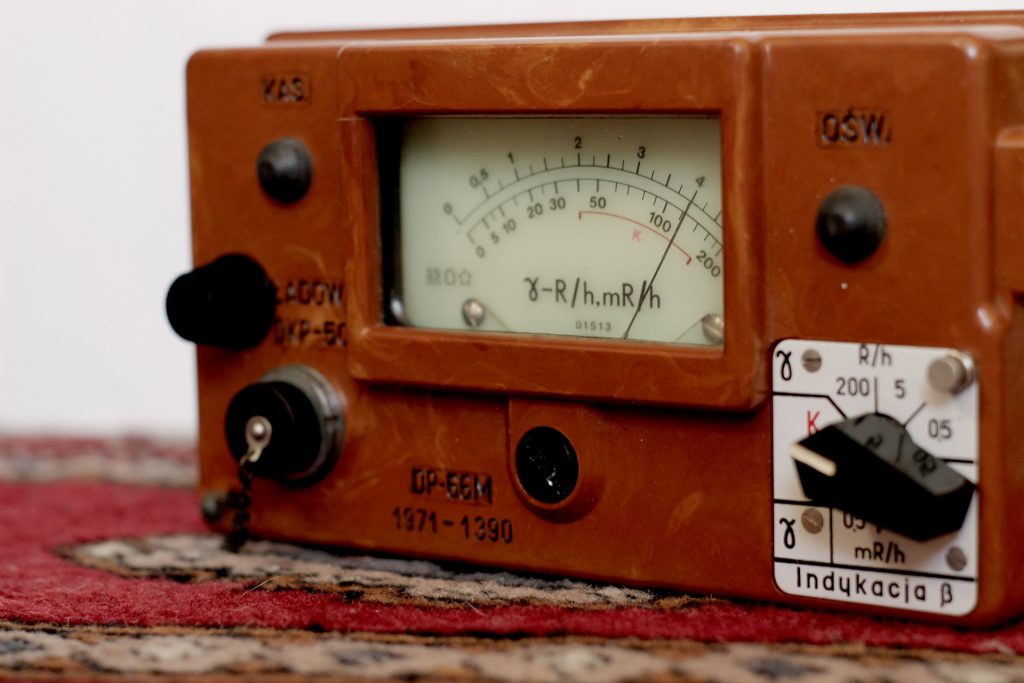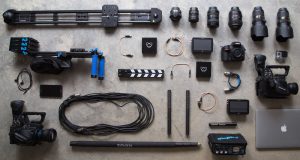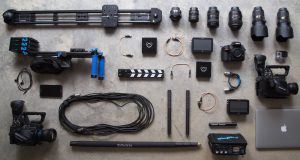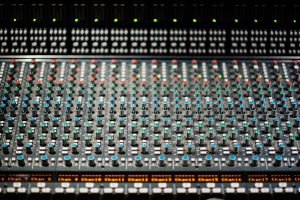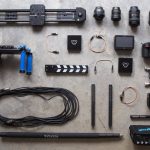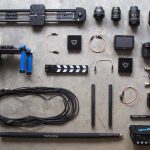MIL-STD-1553 is the military’s equivalent to ARINC-429, though structurally it is VERY different. The first and most obvious difference is that most 1553 links are designed with dual, redundant channels. Though commercial aircraft don’t typically get wires cut by bullets or flak, military aircraft are typically designed such that a single cut wire or wiring harness won’t cause a loss of system control.
If you are looking to “hook” to an MIL-1553 device, be sure your interface has both channels. Also, an MIL-1553 device can serve as Bus Controller, Bus Monitor, or Remote Terminal. Not all interfaces support all three functions. Be sure the interface you select has the capability you require. As with the ARINC-429 bus, when operating as a bus controller, the unit must be capable of detailed transmission scheduling (including major and minor frame timing) and this is best performed in hardware rather than via software timing.
CAN
The CAN (Controller Area Network) bus is the standard communications interface for automotive and truck systems. Gone are the days when your car was controlled by mechanical linkages, gears, and high current switches. Your transmission now shifts gears based on CAN commands sent from a computer. Even such things as raising/lowering the windows and adjusting the outside rearview mirror are frequently no longer done via simple switches but are now done via CAN sensors and actuators.
Vehicle speed, engine RPM, transmission gear selection, even internal temperature are all available on the CAN bus. As with the ARINC-429 aircraft example, when running tests in a car or truck, it’s very useful to be able to coordinate the data available on the various CAN networks with any more conventional DAQ measurement you may be making. If you are measuring internal vibration, you’ll want to coordinate it with Engine RPM and speed (among other things). Like any data acquisition system, one of the first things you need to be aware of when specifying a CAN interface system is how many CAN ports you will need.
There are sometimes 50 or more different CAN networks in a given vehicle. Be sure your system has enough channels to grab all the data you still need. The CAN specification supports data rates up to 1 megabaud. Be sure the system you specify is capable of matching the speed of the network you wish to monitor
